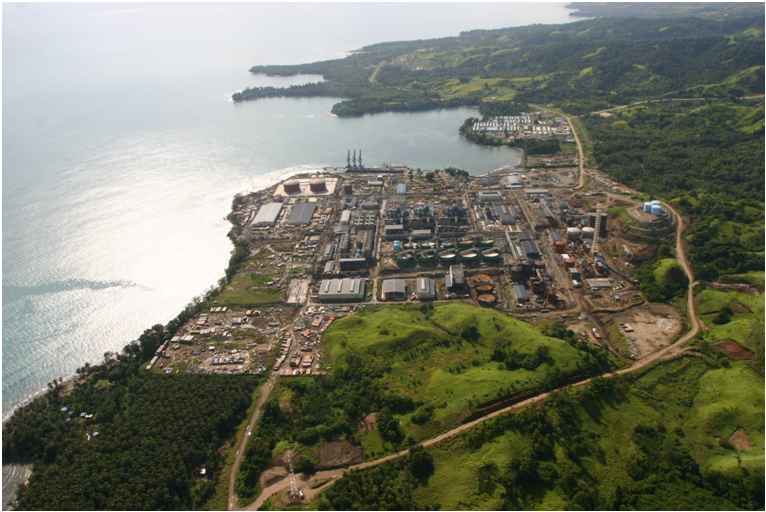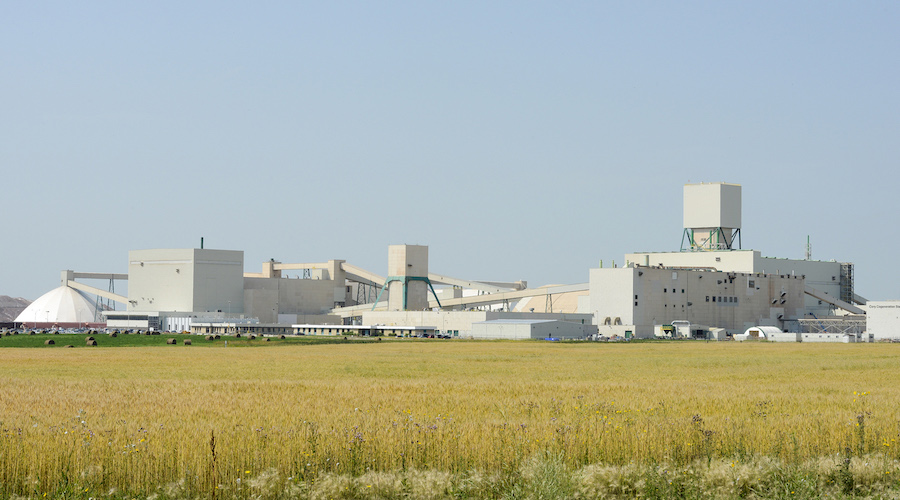How do miners dispose of their waste in the sea?

Sea disposal of mining waste could spread as Indonesia weighs adopting the technique for new nickel projects, as Papua New Guinea is doing for a gold mine proposed by Australia’s Newcrest Mining.
The management of mining waste has drawn attention since two dam disasters in Brazil, and after red mud spilled into Papua New Guinea’s Basamuk Bay from Ramu Nickel’s operations in August.
An expert in chemical contamination has called test results from the Ramu Nickel spill “alarming,” media said this week. That spill resulted from an operational failure, however, rather than an issue with tailings management.
Proponents say deep sea tailings placement, which pipes unwanted pulverised rock into the sea, is cheaper and less harmful, especially on tropical islands where earthquakes or heavy rain limit storage on land, near deep sea trenches.
Critics say the impact of such marine disposal is poorly understood.
Fewer than 20 of the world’s 2,500 mines use the method to dispose of tailings waste, comprising rock, microscopic unwanted metals and traces of processing agents, such as cyanide.
Here are answers to some common questions, drawn from two research papers by Australia’s science bureau, the CSIRO.
What is deep sea tailings placement?
Mining waste goes down a pipe 100 m (328 ft) or more offshore designed to sink rapidly to even greater depths, such as those off the continental shelf. The waste settles on parts of the ocean floor believed to be home to few creatures.
That keeps the waste out of the ocean’s most productive surface layer, where sunlight drives photosynthesis, and sealife is most abundant.
After the mine has closed, advocates say the deposit area will gradually be recolonised by the marine life and bacteria that were there before, as they now move back from surrounding areas.
When was it first used?
The first commercial use of deep sea tailings placement was at the Island Copper mine on Canada’s Vancouver Island in 1971 to 1996. Industry regarded that as a success, though it was also found to have affected the lake’s biodiversity. Some other early mines, such as Greenland’s Black Angel lead and zinc mine, however, contaminated surrounding water bodies.
Where is DSTP used now?
- The Lihir gold mine in PNG run by Newcrest Mining. The Melbourne-based miner also proposed DSTP for its Wafi Golpu project with South Africa’s Harmony Gold.
- The Simberi gold mine operated by Australian miner St. Barbara in PNG’s New Ireland province.
- The Ramu nickel mine and plant run by Metallurgical Corporation of China in PNG’s Madang Province.
- Batu Hijau, Indonesia’s second largest copper mine, run by PT Amman Mineral Nusa Tenggara.
- Australia’s Kingston Resources is considering reopening PNG’s Misima gold mine and using DSTP.
What are the issues?
Ecological diversity
A quarter of the world’s coral reefs faced rising exposure to sediments and nutrients, boosting stress from climate change and ocean acidification, Australia’s science agency said in 2016. Greater sediment could smother coral or choke off sunlight or oxygen, it said.
Suspension
Fine dust or metal particles remain suspended in the ocean instead of settling on the sea floor. They can “shear off” in plumes, widely dispersed by ocean currents, and travel between layers of varying salinity or temperature.
The impact on marine life is not fully understood, but coral near the Lihir tailings disposal site suffered a “substantial impact”, according to the paper.
Plankton could be trapped in suspended solids and fine particles could clog the gills of fish, it added.
Migration
Marine animals could carry trace elements of mine waste into the food supply chain after ingesting them and then moving to shallow waters from the deep ocean.
Deep sea
Wider use of DTSP could affect deepwater canyons and abyssal or underwater plains that are high in biodiversity, according to the research.
Recolonisation
Ocean warming and acidification could hamper efforts to recolonise a DTSP area, it added.
(By Melanie Burton; Editing by Darren Schuettler)
{{ commodity.name }}
{{ post.title }}
{{ post.date }}


2 Comments
Andrés sorribes
You can eat fish but you can’t eat rock, nothing is totally inoffensive ??
Donald Keene
Political risks are substantial. Indonesia incarcerated four Newmont managers without formal charges for six months over drummed-up charges related sub-sea tailing disposal. What are the issues? Reporters that know half the story.